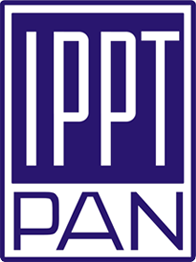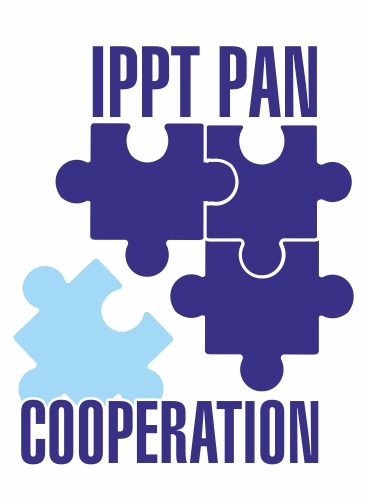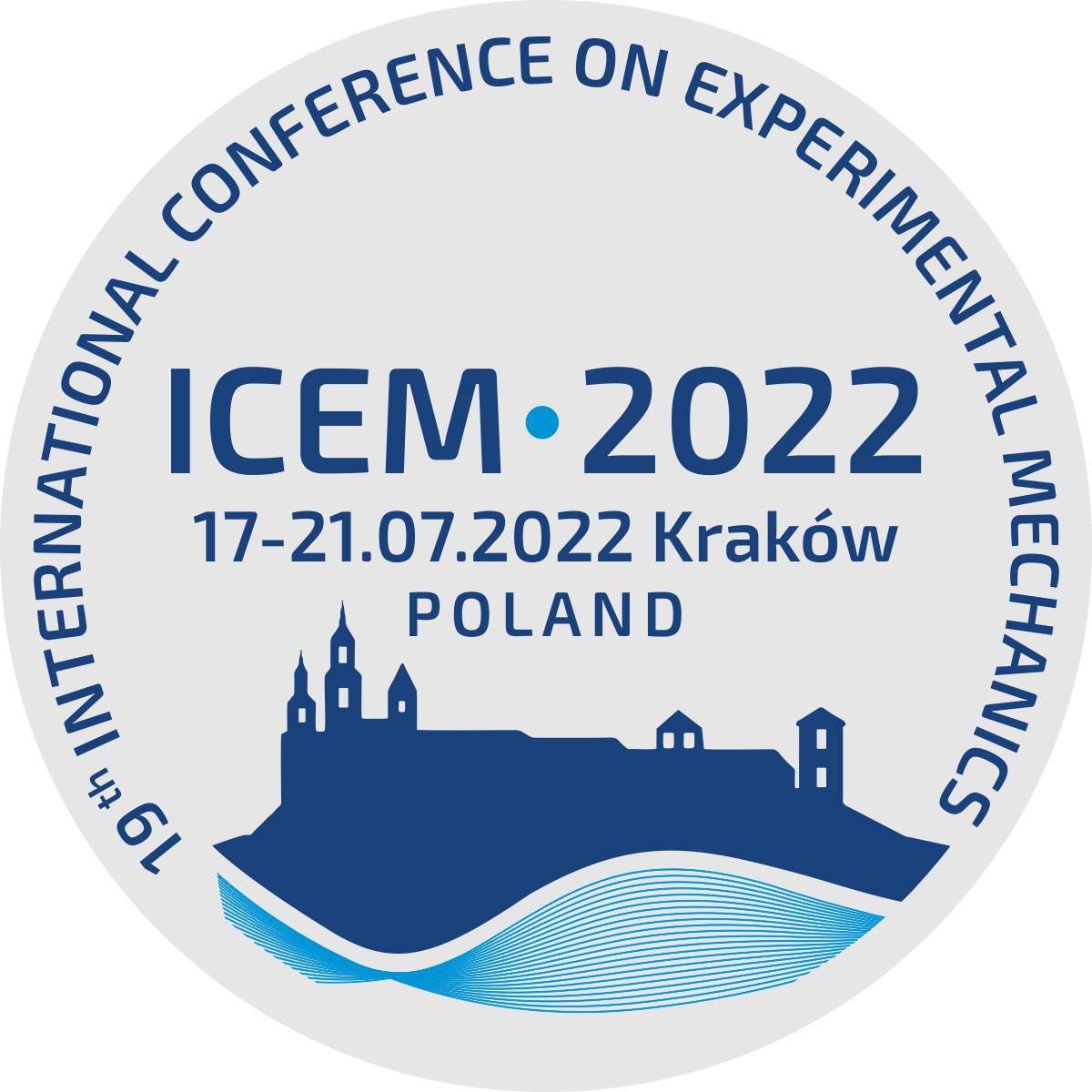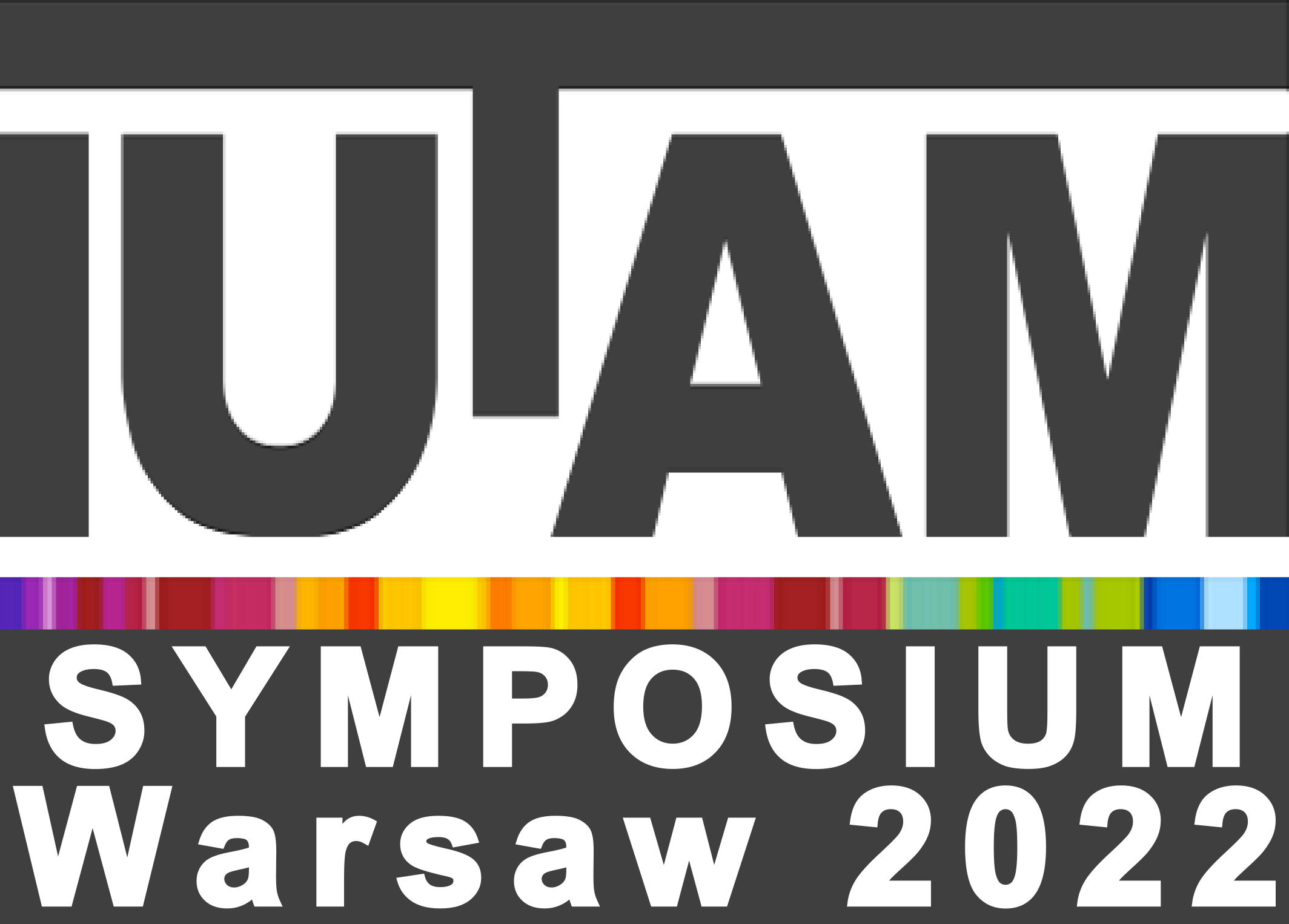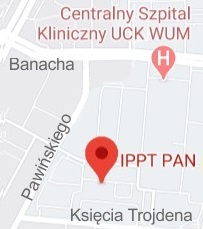| 1. |
Widomski P.♦, Kaszuba M.♦, Barełkowski A.♦, Smolik J.♦, Garbiec D.♦, Ciemiorek-Bartkowska M.♦, Kulikowski K.♦, Lewandowska-Szumieł M.♦, Mościcki T., Gronostajski Z.♦, WTaB coatings as effective solutions for increasing die durability in lead-free brass alloy flashless hot forging process,
WEAR, ISSN: 0043-1648, DOI: 10.1016/j.wear.2025.205849, Vol.571, No.205849, pp.1-10, 2025 Abstract:
The forging of lead-free brass alloys is characterized by low tool durability, presenting a significant challenge in industrial applications. To address this issue, unique magnetron-sputtered coatings based on WB and with the addition of Tantalum, were employed to increase tool life. These coatings were produced from proprietary sintered targets using the SPS-HiPIMS technology. Initially, the coatings underwent laboratory testing, where their microstructure, adhesion to the substrate, and mechanical properties were tested and evaluated. The next phase involved testing these coatings on tools used in hot flashless forging processes. The experiments were conducted on dies that were preliminarily gas-nitrided to provide a suitable substrate for the coating application. The results were compared with those of only nitrided dies.
The study involved the use of nitrided dies, dies with WB2.5 and with W0.76Ta0.24B2.5 coatings. After forging, the tools were observed to assess the wear mechanisms. Surface scans were performed to measure material loss by comparing the surface profiles before and after forging. Scanning Electron Microscopy (SEM) was used to analyze the contribution of various wear mechanisms, such as abrasive wear, thermo-mechanical fatigue, and plastic deformation, to the overall tool wear.
The results confirmed the beneficial impact of these coatings on enhancing tool durability. In certain cases, the service life of the tools was extended by up to 50 %. This study demonstrates that the application of newly developed W0.76Ta0.24B2.5 coating which can significantly improve the durability of tools used in the flashless forging of lead-free brass alloys, offering a promising solution for industrial manufacturing challenges. Affiliations:
| Widomski P. | - | other affiliation | | Kaszuba M. | - | other affiliation | | Barełkowski A. | - | other affiliation | | Smolik J. | - | other affiliation | | Garbiec D. | - | Metal Forming Institute, Poznań (PL) | | Ciemiorek-Bartkowska M. | - | other affiliation | | Kulikowski K. | - | other affiliation | | Lewandowska-Szumieł M. | - | other affiliation | | Mościcki T. | - | IPPT PAN | | Gronostajski Z. | - | other affiliation |
|  |
| 2. |
Mościcki T. P., Psiuk R., Jarząbek D. M., Ciemiorek-Bartkowska M.♦, Kulikowski K.♦, Jasiński J.♦, Włoczewski M.♦, Lewandowska-Szumieł M.♦, Effect of titanium and deposition parameters on microstructure and mechanical properties of W-Ti-B thin films deposited by High Power Impulse Magnetron Sputtering,
SURFACE AND COATINGS TECHNOLOGY, ISSN: 0257-8972, DOI: 10.1016/j.surfcoat.2024.130915, Vol.485, No.130915, pp.1-13, 2024 Abstract:
Tungsten diboride alloyed with transition metals provides an opportunity to obtain exceptional mechanical, physical, and chemical properties. We report a strategy for designing and synthesizing of superhard and low-compressible ceramic thin films with increased toughness and lowered residual stresses (σ < −0.9 GPa) deposited with high-power impulse magnetron sputtering (HiPIMS) from one target. The addition of 7–12 % titanium promotes additional strengthening mechanisms of the layers in one material, leading to the improvement of wear resistance compared to an alloyed WB2-z yet at even higher hardness 43.8 ± 2.1 GPa and nanoindentation toughness 4.9 ± 0.2 MPa√m. The compression of the micropillar shows that titanium addition changed the type of nanoindentation from cracking along the slip plane to bulging on the top of the pillar and next the crack initiation along column boundaries. The highest adhesion of the layers is obtained for addition of 7 % titanium and in all cases the wear has abrasive character. The controlled use of 200 μs pulses during synthesis with HiPIMS allows for an increase in the deposition rate and maintaining exceptional mechanical properties of the layers even at a substrate temperature of 300 °C. Keywords:
Ternary transition metal diboride thin films, Mechanical properties, HiPIMS magnetron sputtering, Wear resistance and adhesion Affiliations:
| Mościcki T. P. | - | IPPT PAN | | Psiuk R. | - | IPPT PAN | | Jarząbek D. M. | - | IPPT PAN | | Ciemiorek-Bartkowska M. | - | other affiliation | | Kulikowski K. | - | other affiliation | | Jasiński J. | - | other affiliation | | Włoczewski M. | - | other affiliation | | Lewandowska-Szumieł M. | - | other affiliation |
|  |



